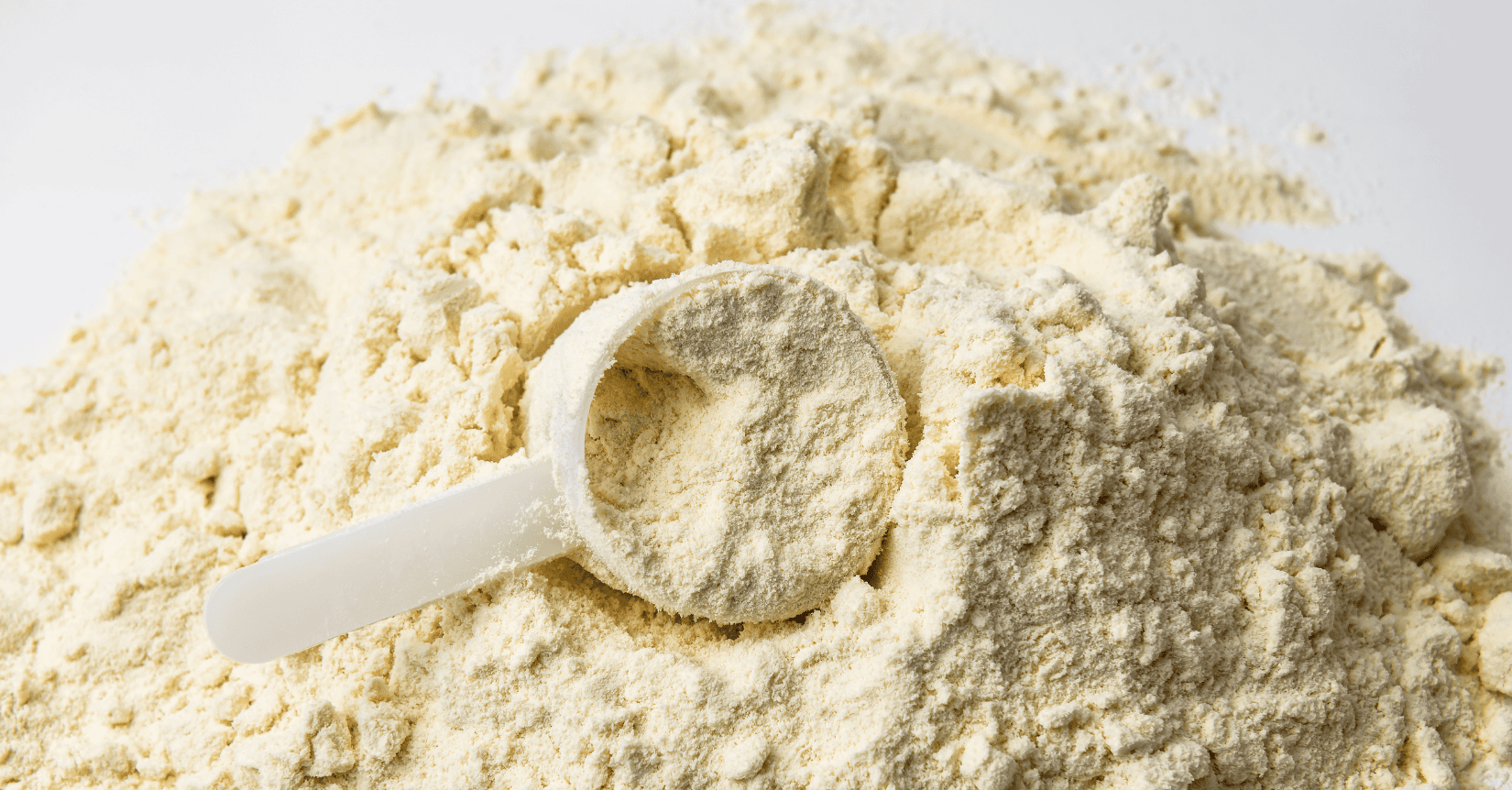Global dairy markets experienced sharp declines last week as insufficient buyer interest failed to support current price levels, with milk powder prices falling over 5% at Tuesday’s Global Dairy Trade event and butter markets approaching the critical $2/lb threshold.
Demand absence triggers market-wide selloff
The week’s trading was characterized by a notable absence of sufficient buyer demand to maintain price stability across major dairy commodities. After months of strong supplies being supported by steady demand, the sudden demand retreat instantly triggered sharp price falls across multiple product categories.
The Global Dairy Trade auction delivered a particularly harsh reality check, with milk powder prices tumbling over 5% compared to the previous event. The rest of the global dairy market followed suit in subsequent days, creating widespread downward pressure across the industry.
Butter markets approach critical $2/lb level
Butter markets bore the brunt of the selling pressure, with prices worldwide feeling heavy amid the demand vacuum. The psychologically important $2/lb mark is now within reach, presenting a critical test for market sentiment.
The oversupply situation has spread beyond the United States to include Europe and Oceania, forcing US producers to seek new outlets for their butter. Historical patterns add another layer of concern, as September marked the beginning of significant price declines in 2024.
Milk powder convergence creates rapid price transmission
NFDM markets experienced particularly acute pressure on Wednesday, with weakness from New Zealand powder prices pulling down US markets. The extremely narrow price spreads between EU, US, and New Zealand SMP/NFDM markets mean any regional price movement quickly transmits globally.
This price convergence has created a situation where localized weakness can rapidly become a global phenomenon, amplifying market volatility across regions.
US cheese production capacity surge adds supply pressure
While cheese price movements remained minimal during the week, underlying pressure continues to build. The completion of numerous new cheese production facilities across the United States, combined with enormous milk production growth, is creating significant supply-side pressure.
Despite some new plants replacing older facilities, the expanded capacity has secured substantial milk contracts, ensuring heavy supply conditions in cheese markets moving forward.
Whey proteins remain market outlier
Whey markets continue to defy broader dairy market weakness, with incredibly resilient demand for whey proteins maintaining tight market conditions. Manufacturers are making aggressive shifts from basic whey powder to higher-value whey protein concentrates, driven by strong consumer demand and exceptional profitability.
This divergence highlights the ongoing bifurcation in dairy markets between commodity products facing supply pressures and specialized protein products commanding premium pricing.
China’s hidden SMP inventory buildup revealed
Analysis of trade flows reveals China has been quietly building SMP stocks throughout the calendar year, despite relatively strong trade with New Zealand. Chinese SMP stocks peaked in May 2025, with July showing significant drawdown compared to previous years.
The revelation that China increased domestic SMP production by 4,500 metric tons this year, combined with reduced import interest, creates additional headwinds for global SMP markets in the second half of 2025.
US-India trade tensions pose limited dairy risk
Recent escalation of US-India trade tensions, with tariffs doubling from 25% to 50%, has raised concerns about dairy export exposure. However, analysis shows limited actual risk to US dairy markets.
Despite India being the world’s largest dairy producer at 262 billion pounds annually, it exports only 0.2% of production due to protective import barriers. US dairy exposure consists primarily of:
- 26 million pounds of lactose exports (2.6% of total US lactose exports)
- 10 million pounds of high protein whey products (4.4% of total US protein exports)
Unlike the significant China trade relationship, potential disruption of India trade would impact specific suppliers but wouldn’t reshape broader market dynamics.
Outlook remains challenging
With demand weakness spreading across multiple regions and product categories, the outlook for dairy markets remains challenging. The combination of oversupply conditions, new processing capacity coming online, and reduced import interest from major buyers like China creates a difficult environment for price recovery.
Market participants are closely watching whether historical seasonal patterns will repeat, as September 2024 marked the beginning of significant price declines that persisted for months.
For the full US weekly dairy market analysis head over to the Vesper platform here: https://app.vespertool.com/market-analysis/2250
